Charcoal is burnt organic material and a lovely smooth dry art medium. There are many forms available from hard to soft charcoal and they all offer a quick drawing experience. Charcoal is great to add deep shadows, rich black tones and rough textures to drawings. It is often used for studies of preliminary art pieces, planning of sculptures or complex graphic design work.
There are three popular types of charcoal each with unique qualities that make them useful and fun for art.
Willow and vine charcoals are long thin sticks and the most delicate charcoal to work with. It is the best for quick sketches to capture scenes from our fast-moving world.
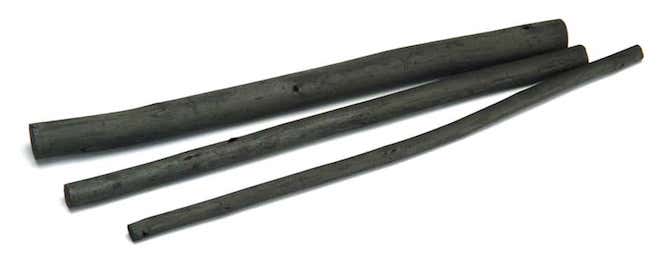
Photo credit: artsupplies.co.uk
Compressed charcoal is the closest to chalk pastel and is grounded organic material held together with gum or wax in pencil form. It is harder, maintains its shape while drawing and much easier to use for finer line work and textures.
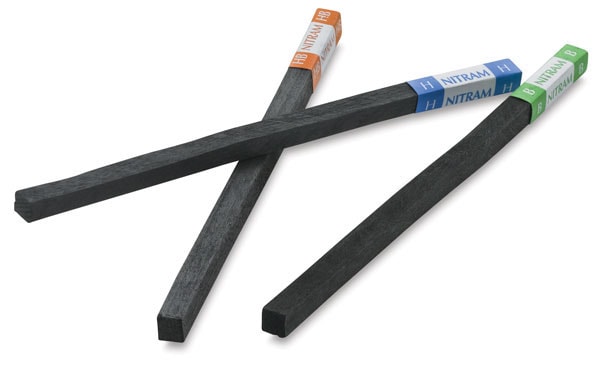 Photo credit: dickblick.com
Photo credit: dickblick.com
Powdered charcoal is dustier compared to willow or vine charcoal and comes in bottled form. It is used in conjunction with other charcoal forms to tone areas and can easily be applied with a brush.
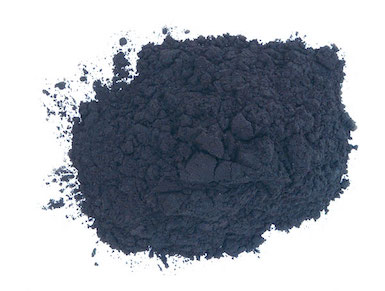
Photo credit: dickblick.com
Other useful tools for charcoal drawing is kneaded erasers, blending stumps, paper towels, brushes, extra paper and fixative sprays.
1. Charcoal Sticks, 2. Charcoal Pencils, 3. Charcoal and Conté Crayons, 4. White Chalk and Pastel Pencils, 5. Tortillons – Paper Blending Stumps, 6. Sharpeners, 7. Erasers
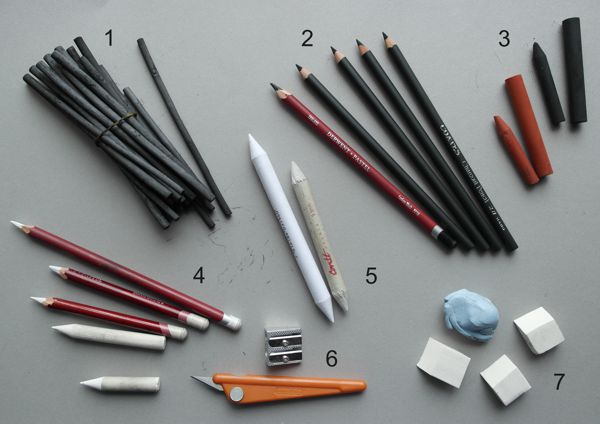
Photo credit: artyfactory.com
Some examples of charcoal drawings from Nashville Children´s Art Classes:
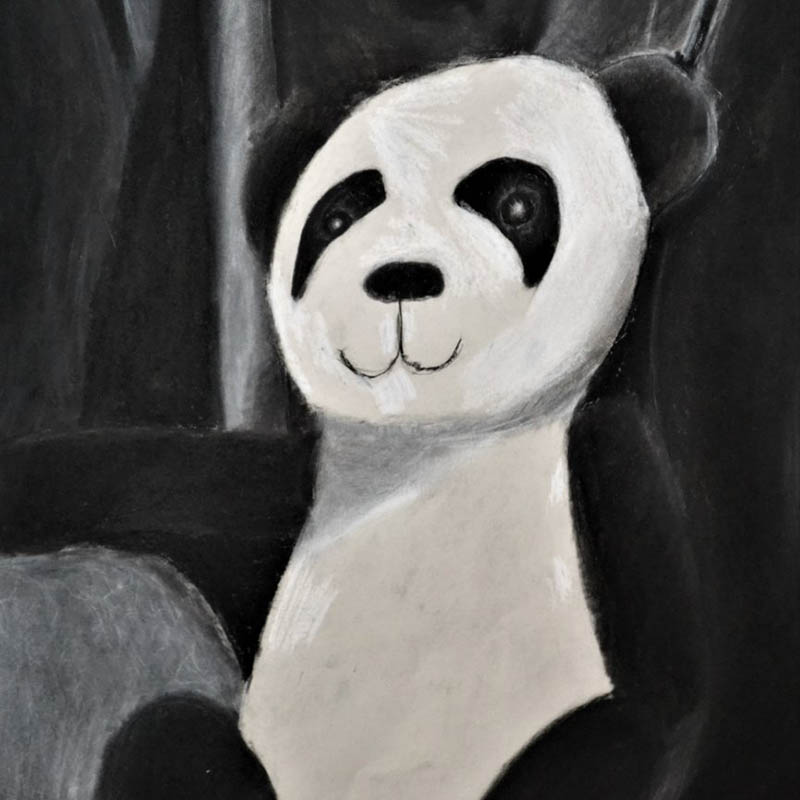
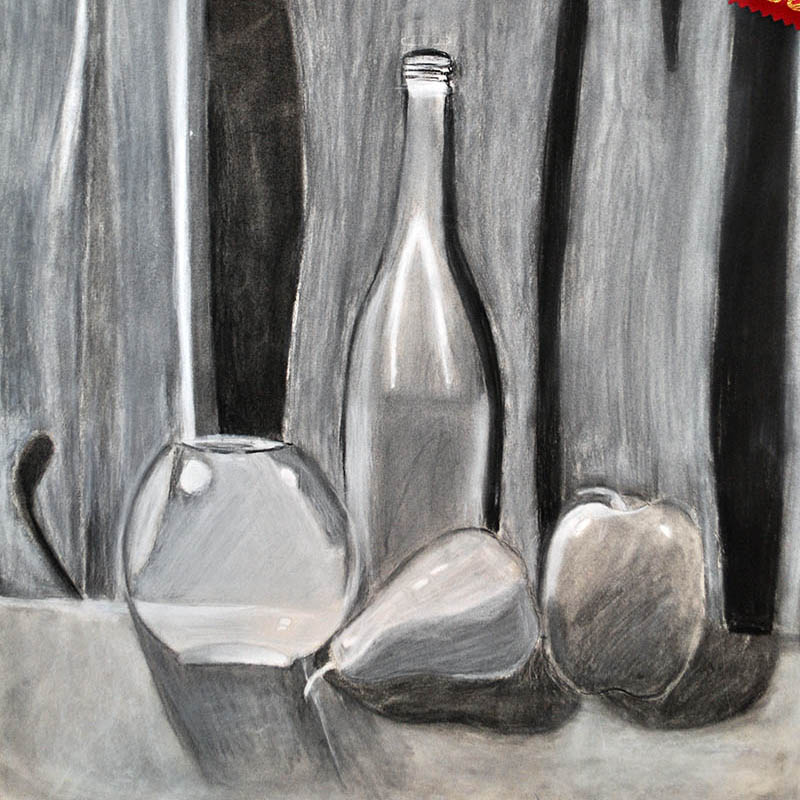
How to get started with charcoal?
- Wear a glove, it can get VERY messy! Cover surfaces with protective cloth or a sheet if you are planning to draw flat for the first time.
- Charcoal gets everywhere even around your workspace. You might have your forearms and wrists covered in charcoal particles that can accidentally smudge a beautiful first drawing. Keep this in mind or place extra pieces of paper under your arms to avoid smudging.
- Avoid using too much pressure as you start your first drawing. This might not be easy to soften or erase, rather start of softer until you get a feel for the medium.
- Experiment a little with all forms of charcoal. A pencil might be the best to start with as you have more control over finer lines, and it is less delicate to work with.
- Kneaded moldable erasers are super useful to adjust details and do some light blending. It can also pick up charcoal particles that could get smudged.
- The type of paper you choose can dramatically change the effect of charcoal on paper. Charcoal grabs well onto most surfaces and can easily be used on rough textured paper for extra effect.

